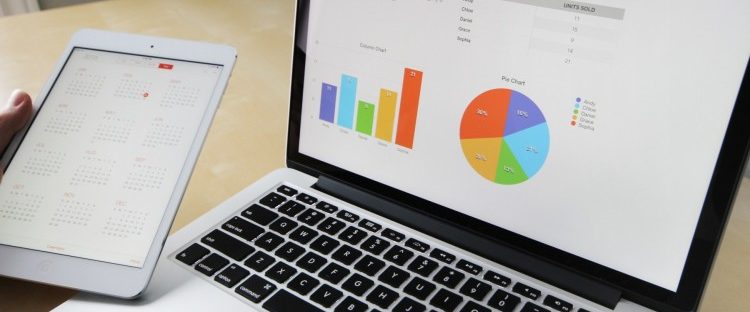The term “big data” can be intimidating to nonprofits, many of which may not have the funds to staff a dedicated analytics team. Though it can be difficult for these charitable groups to obtain data, they remain passionate about their cause and how data can help their outreach efforts.
“Big data” is described as large data sets used to analyze and identify any patterns or trends. In its 17-year history, DollarDays has collected a wealth of big data that we use daily to help our nonprofit partners. Below we share our experiences and how your charity can learn from big data.
Shared Data
Whether you’re a large or small nonprofit, data is a critical piece of your business. Data can assist with identifying successes and areas of improvement, such as how your organization is spending donation dollars. By partnering with a company like DollarDays, you can determine budget spend, address programs and how your service projects are impacting the community. Imagine being able to aggregate your entire spend history across chapters or develop a graph of purchasing behavior from your predecessors. What if you could compile a presentation for your board showing the cost savings across the year or even compare seasonal trends with that of a competing nonprofit? All of these would make your organization stronger and more adept at spending donation dollars.
Partnering for Data
Unless you’re a data scientist or analytical researcher, becoming data-literate can be daunting. Even when you attempt to collect data required by your board or constituents, they still might need you to go beyond the measurement of ROI in programs and into focusing on key metrics like effectiveness or analysis of future direction. That’s why it’s more important than ever to rely on an organization that has the experience to correctly mine historical trends. DollarDays offers a number of data reports and resources related to health and human services that can help your organization develop funding proposals or create budgets. Our team can also help you understand this data and learn different areas where data can be applied.
Delivery of Data
An important part of data is the ability to present it in a way your audiences will understand. DollarDays uses a tailored, case-by-case approach to help charitable organizations like yours visualize data, ask the right questions, and discover new opportunities to complete and assess their projects and missions more efficiently.
According to Jeffrey Victorian, DollarDays’ Business Intelligence Manager, “Organizations don’t know which local chapters are purchasing and when, so this can result in misappropriation of resources and inefficiencies. We work with the organizational headquarters to deliver data from each chapter to help develop a deep, visual perspective of trends, allowing insights to emerge that provide a global representation of the organization.”
What Makes DollarDays the Ideal Data Partner
Supported by 17 years of purchasing data from charities across the United States, DollarDays has a wealth of experience in extracting trends down to the product level. We can not only pinpoint when cost savings are made, but we can ultimately determine how the industry is transforming, what nonprofits are maximizing their spend, and how seasonality is being impacted by natural disasters or social change. We also can forecast future spend opportunities, cost savings and other variables.
“The work we do in partnership with local and national nonprofits is powerful and enables us to support the positive impact that they have in their communities,” explains Victorian. “Every time we help them understand their organizational model, their spending habits, and the impact that social and environmental change has on their fiscal year, the better they can move forward to help their cause. We’re working with real-world data, and, when you get to the bottom of it, we’re helping this organization help their community.”
